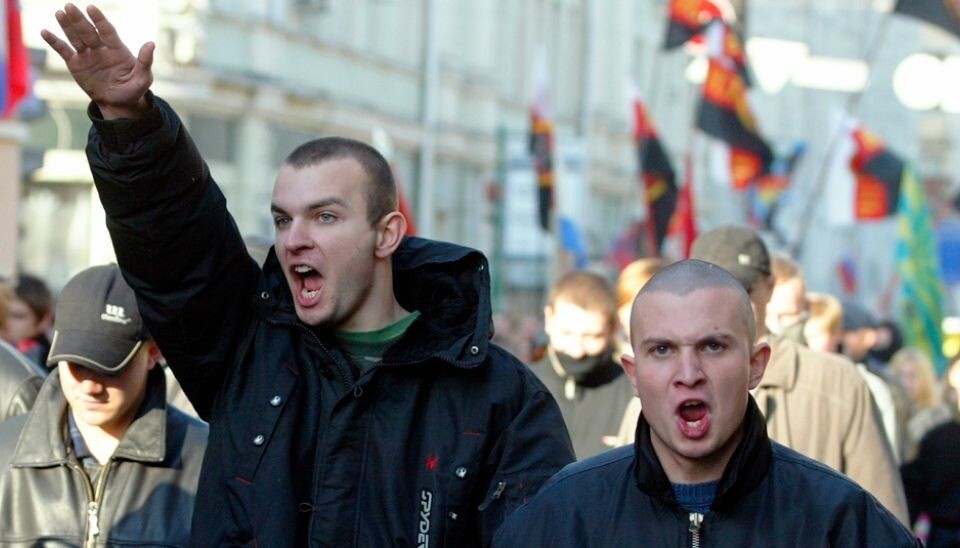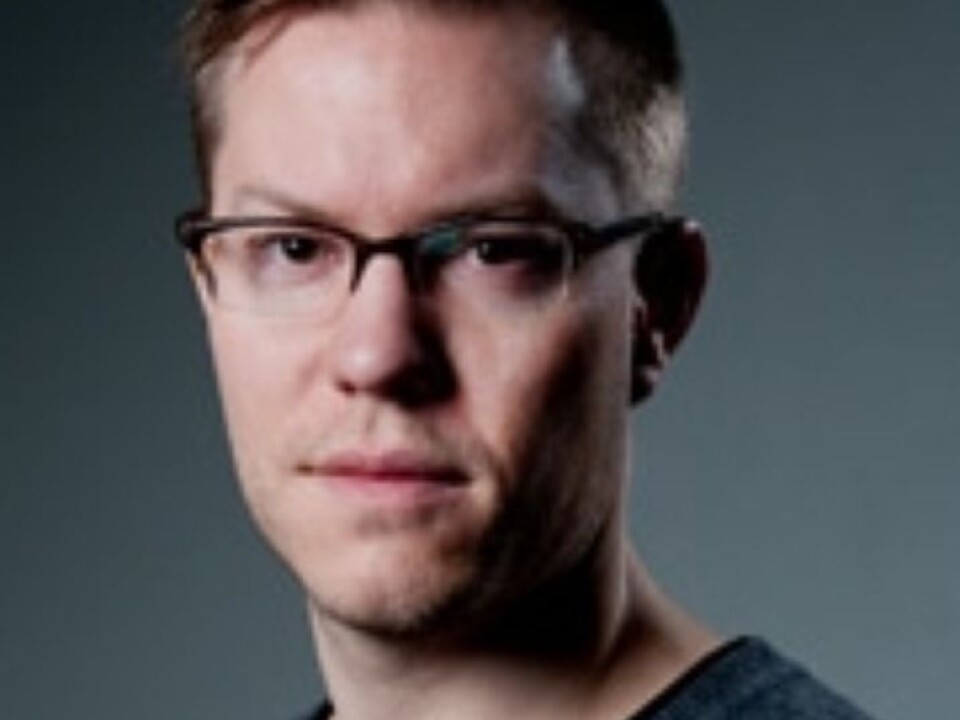
Russian right-wing extremists responsible for strikingly high level of violence
While extremism is on the decline in Western Europe, it is on the increase in Russia, where right-wingers have killed at least 600 people since 2004.
Denne artikkelen er over ti år gammel og kan inneholde utdatert informasjon.
Six hundred people have been killed by right-wing extremists in Russia since 2004. But there are also numerous unrecorded cases.
So says researcher Johannes Due Enstad at the Norwegian Defence Research Establishment (FFI). He and colleague Jacob Ravndal are heading efforts at the institute to build a leading research group on terrorism.
Moving in the opposite direction
Much of their work consists of upgrading data and statistics. The researchers also keep an eye on websites and web debates, as well as observing target groups in the field.
The researchers want to understand why Russia is moving in the opposite direction of Western Europe.

Their data shows that the level of violence from extreme right groups is generally stable or declining in Western Europe. Sweden and Finland could be exceptions, however.
Arms training
The rhetoric of Russians on the extreme right is chiefly aimed at immigrants from Central Asia and the Caucasus, whom they claim are in the process of colonizing lighter-skinned or white, European Russia.
The Norwegian researchers think the strikingly high level of violence in Russia over the past 15 years should definitely concern us in the West, in part because Western neo-Nazis and right extremists maintain contact with like-minded groups in Russia.
For instance the leader of Denmark’s National Front, Lars Agerbak, visited Russia to train in the use of weapons. He has been convicted for breaking Denmark’s gun laws and has now moved to Russia.
Tributes to Breivik

Enstad has looked at the way that Anders Behring Breivik, the perpetrator of the bombing and mass shootings in and near Oslo in 2011, has been received by people on the extreme right in Russia. He says their reactions are very different from those of cohorts in Western Europe.
“Breivik has been glorified much more in Russia than in Western Europe. While web-based support groups in Russia have thousands of members, the few that back him in Western Europe only have minimal numbers.”
“He is a fabulous person. I admire him immensely,” said one of Russia’s more notorious neo-Nazis, Maksim “Tesak” Martsinkevitsj, about Breivik during an interview. His expressed regret was that Breivik didn’t have a video camera mounted on his weapon when he walked around murdering children and young adults at the Norwegian Labour Party Youth summer camp at the island Utøya. “That was a great operation that we would have loved to view,” added Tesak.
40 percent support extreme right march
In 2012, participants in the annual nationalist “Russian March” were observed shouting “Slava Brejviku” (“Praise Breivik”). About 40 percent of the Russian population supports these marches and significant protests are few and far between.
“We generally see right-wing extremist demonstrations met with counter-demonstrations in Western European countries, but this kind of resistance is not so apparent in Russia,” says Enstad.
An explanation for the lack of protests is that what we consider to be right extremism is just not considered really extreme in Russia. Enstad also points out that there are plenty of cases in Russia proving that public protests against the extreme right can be highly risky. For example, a political expert and a lawyer were killed after participating in trials against right-wing extremists.
The researchers at FFI want to get an understanding of factors that separate violent activists from non-violent ones.
A great deal of existing research focuses more on ideology than on other factors that could tip the balance one way or another, such as group radicalization, the experience of democratic participation and freedom of speech, or the impact of socio-economic backgrounds.
One of the issues the researchers want to study is if levels of political violence seen in different countries hinges on whether the countries have ultraconservative or extreme right political parties – or lack them.
Funding problems
Most Norwegian research on right-wing extremism was kick-started by Breivik's attack on 22 July, 2011. After the atrocity the Norwegian Defence Research Establishment felt it needed to contribute with its competence on terrorism to generate understanding about how terrorists think and act - even though this is not a core activity for the institution.
Now this initiative at FFI is hanging by a hair because of insufficient financing. The Research Council of Norway has few programmes that such themes fit into and there is always tough competition for research funding. Funding of research on political violence tends to be channelled into studies of militant Islamism.
------------
Read the Norwegian version of this article at forskning.no
Translated by: Glenn Ostling






























